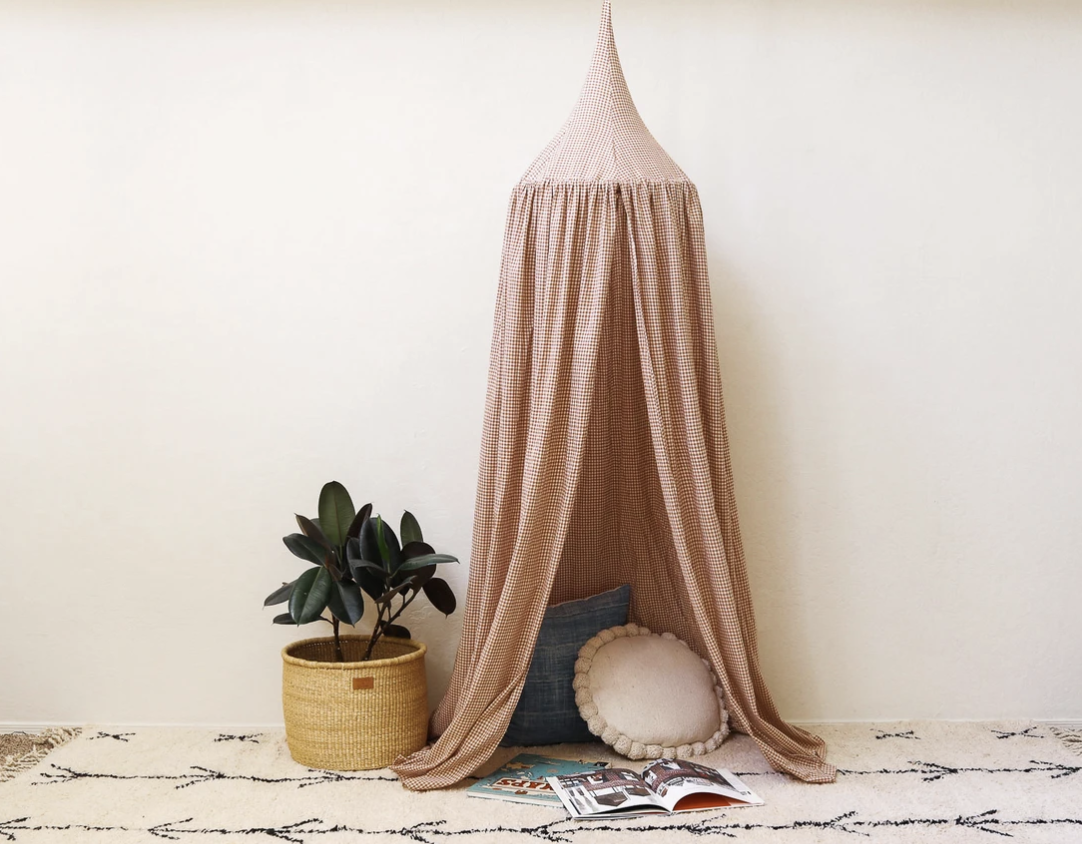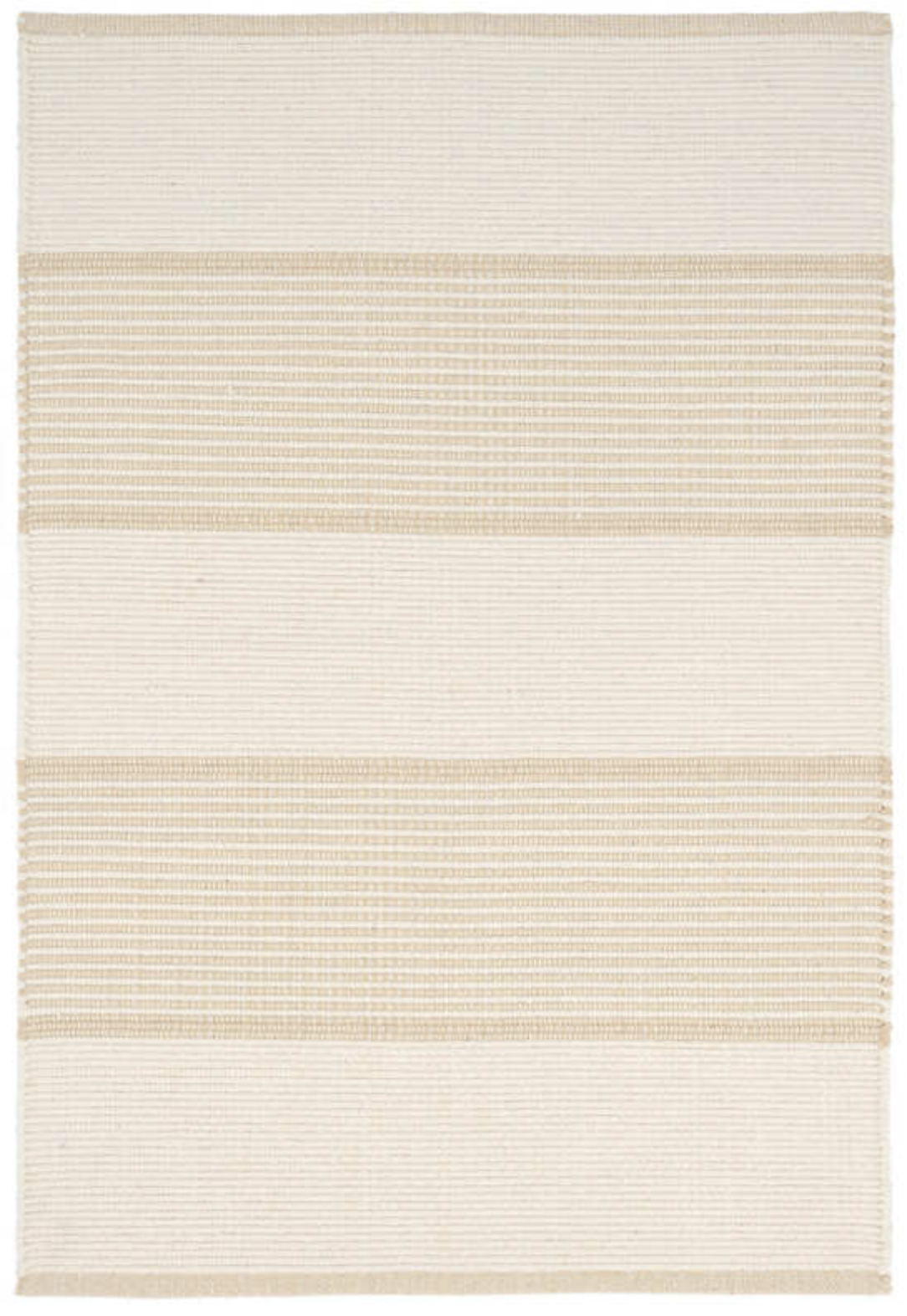Good To Know: Designing Children’s Rooms - Compromise
All bedroom images by Lucy Call.
Designing a space for 8-11 year olds can be tricky. They are young enough that they typically like themed decor (for example unicorns, or Disney Princesses, or Star Wars) and old enough to fight you on your good-taste design plans for their room. This can make the design process stressful and full of pitfalls. If you’re like me, a Disney-themed room just isn’t going to cut it. Sure, we can incorporate a princess theme with an accent pillow or some dolls on display, but to go all out with pink walls and princess decor will most likely get old fast and can feel tacky. Having lots of experience finding compromise in design, I was prepared for my toughest client, my own daughter, and honestly it was a pretty painless process. Today for Good to Know, we’re going to be talking all about my daughter Eva’s room, as well as tips for approaching design and compromising with your own kids.
When we were first planning her room, my daughter picked out the two rooms below as her favorites on Pinterest and it was a proud mom moment. The two inspiration rooms were quite different, but I liked the charm and character of the canopy bedroom so we mostly used that as our inspiration. After talking about the specifics, we realized Eva’s favorite part of the white and pink room were the bed and desk. Knowing this, I made sure we found a daybed that worked with our design. The best part of the bed we found was that it came with a trundle bed. My girls had been sharing a room in our previous home, and I knew they would want to sleep together some nights so this was the perfect solution.
Inspiration from Luna Mag.
Inspiration from Kelly Deck Design.
I also wanted to personalize her room to reflect her, as all good rooms do. She loves flowers, unicorns, and stars/space. She likes to write in her journal and read and she’s very creative. Her two primary requests for her room were a swing chair and a canopy. Knowing how much she likes to read and write, and how much she liked the second inspiration photo, I knew we also needed a desk. Her room is on the smaller side, so I looked for a leaning desk/shelf combo that wouldn’t take up too much space.
The swing chair from Serena & Lily was a no-brainer - we had used it in our Sunrise Drive project and I loved it. I also like how the wood added some warmth and an organic feel. For the canopy, Heddle and Lam had just released these vegetable-dyed linen canopies in the prettiest colors. The rusty-orange was exactly like our inspiration so we designed the room around it. We also added wallpaper on the ceiling which was something I had wanted to do for a long time. With Eva loving stars and space, I knew her room would be perfect for that. The Sister Parish Serendipity wallpaper was ideal - it wasn’t theme-y and the design is classic enough I don’t feel like I ever need to change it.
Tips for designing a room both you and your child will love:
- Start by looking together for inspiration on Pinterest or your favorite design websites. If they push back (like when my daughter told me she didn’t want to sit and look at pictures) I told my girls that if they didn't take the time to do the research for their room, they didn’t get a say in the design.
- Ask lots of questions about what exactly they like about the rooms they pick. Ask specific questions like, “What is it that you really like - the bed? The layout of the room? The windows?" The more questions, the easier it is to narrow down the design and realize you probably like a lot of the same things.
- Make sure to explain to your child that the room needs to be easy to change as they get older. Eva really wanted a bed on a platform with a ladder, one that felt like a tree-house, but when I explained to her it was an expensive bed and she would need to like it for the next 5 years, she realized she probably wouldn’t like it when she was 12. After that, she was okay with a different bed that was more transitional and/or less expensive. When it felt like her idea and not me saying “no,” we worked better together.
- Be willing to give them cart-blanche on a few design decisions. This can be anything that is inexpensive and easy to switch out, like picking out pillows, a stuffed animal for the bed, or a wall poster.
- Do not let them pick the paint color! Most of my clients and friends regret the paint color they agree on with their child. Kids often want a brighter or more saturated color than typically works well for bedrooms and everyone gets tired of it quickly. Instead, pick a selection of colors that you would be happy with, and let them pick from those.
- Consider how the room functions for your child. If your child tends to be messy, incorporate lots of baskets or closed-storage that will make cleaning up their room easy.
- Have them make something for their room. Even if it’s just a drawing you tape to their bedroom door, it will help them feel more invested in their room. A great example of this is this bedroom by Jordan Ferney. She had her tween boys make art of the things that they loved, so they felt like their personalities were represented in the space.
- Have fun with the process! We made some good memories creating their rooms, and it was a bright spot in the stressful home design journey.
A Tour of Eva’s Room
Shop Eva’s Room
Just so you know, we may collect a share of sales or other compensation from the links on this page if you decide to shop from them. 










